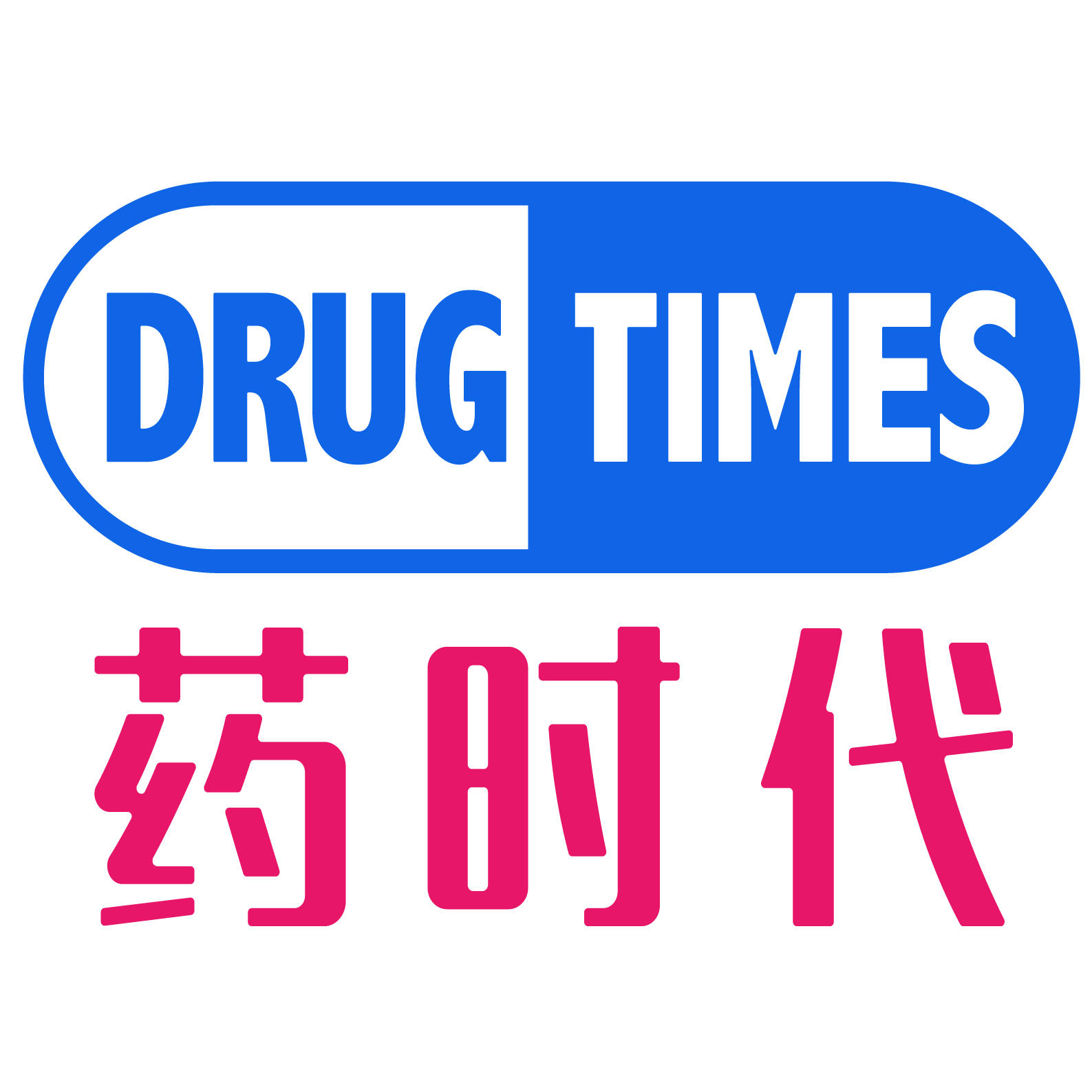
Following the FDA’s accelerated approval of Enhertu (trastuzumab deruxtecan, T-DXd, DS-8201) for a broad range of cancer indications, this HER2-targeting ADC has once again brought a pleasant surprise.
On June 2, 2024, at the annual meeting of ASCO, the results of another Phase III DESTINY-Breast 06 study for Enhertu were announced. Judging from the positive information released, the indications for Enhertu may be expected to expand to patients with metastatic breast cancer who have HER2 low expression (IHC 1+/2+) or almost no expression (IHC 0).
In simpler terms, the scope of application for Enhertu is expected to be further expanded.
From a broad range of cancers to HER2 with lower expression, as the scope of application continues to expand, Enhertu, which just overtook Kadcyla (T-DM1, ado-trastuzumab emtansine) in 2023 to become the best-selling ADC drug of the year, may be expected to reach new heights in the coming years.
01
DESTINY-Breast 06
DESTINY-Breast06 is a global, randomized, open-label Phase III clinical trial. The trial recruited 866 patients across various regions including Asia, Europe, North America, and South America. The patient population included 713 patients with HER2-low expression (IHC 1+ or 2+/ISH-) metastatic breast cancer and 153 patients with HER2-ultralow expression (IHC 0) metastatic breast cancer.
According to the official website, all these patients had not received chemotherapy before enrollment and had received at least two endocrine therapies. Additionally, patients who had received endocrine therapy combined with CDK4/6 inhibitors and experienced disease progression within 6 months after first-line treatment, or those who had received endocrine therapy as adjuvant therapy and experienced disease recurrence within 24 months, were also eligible for enrollment.
This Phase III clinical trial aims to evaluate the efficacy and safety of Enhertu versus chemotherapy (capecitabine, paclitaxel, and albumin-bound paclitaxel) in treating HR+, HER2-low expression, or HER2-ultralow expression metastatic breast cancer.
The primary endpoint of the trial is progression-free survival (PFS) in the HR-positive, HER2-low expression patient population assessed by blinded independent central review (BICR).
Key secondary endpoints include PFS assessed by BICR in the overall trial population (HER2-low and HER2-ultralow, i.e., HER2-low expression and HER2-ultralow expression), and overall survival (OS) in the HER2-low expression patient population and the overall trial population.
02
Trial Results
The main analysis results of the study show that in HR-positive, HER2-low expressing patients, compared with standard chemotherapy, the progression-free survival (PFS) of patients treated with Enhertu was significantly improved. Enhertu reduced the risk of disease progression or death by 38% (HR=0.62; 95% CI: 0.51-0.74; p<0.0001). The median PFS in the Enhertu group was 13.2 months, compared to 8.1 months in the chemotherapy group.
In the overall trial population, the risk of disease progression or death was reduced by 37% with Enhertu compared to chemotherapy, with a median PFS of 13.2 months for Enhertu and 8.1 months for chemotherapy (HR=0.63; 95% CI: 0.53-0.75; p<0.0001).
Additionally, the pre-specified exploratory analysis showed consistent clinically significant improvements in PFS in both HER2-low and HER2-ultralow expressing patients. In HER2-ultralow expressing patients, Enhertu reduced the risk of disease progression or death by 22%, with a median PFS of 13.2 months for Enhertu and 8.3 months for chemotherapy (HR=0.78; 95% CI: 0.50-1.21). Complete responses were observed in 13 patients in the Enhertu group, including 9 HER2-low expressing patients. In the HER2-ultralow subgroup, there were 4 complete responses in the Enhertu group, and no complete responses were observed in the chemotherapy group.
Currently, the overall survival data from the trial is not yet mature. However, after a median follow-up of 18.6 months, there is some improvement in survival for HER2-low expressing patients.
03
DESTINY-Breast 04
But the results of DESTINY-Breast 06 may not be that surprising.
In 2022, the results of DESTINY-Breast 04 were announced. The most significant difference between DESTINY-Breast 04 and DESTINY-Breast 06 is that DESTINY-Breast 04 did not include patients with HER2-ultralow expression. It is reported that among the 557 patients enrolled in the DESTINY-Breast 04 study, there were 494 HR-positive patients and 63 HR-negative patients, all of whom were in a state of HER2-low expression. Based on the results of the DESTINY-Breast 04 trial, Enhertu has been approved for the treatment of adult patients with HER2-low expressing breast cancer in more than 60 countries.
Dr. Erica Mayer (breast cancer expert, Dana-Farber Cancer Institute) said, “The results of DESTINY-Breast 06 are exciting, but as the data show, compared with conventional chemotherapy, Enhertu has more significant specific toxicity in treatment.” She also implied that this drug may not be suitable for every patient.
According to the disclosed information, among all patients who received treatment, 11.3% (49 patients) experienced interstitial lung disease (ILD) or pneumonia, although most were only grade 1 or 2, but compared with the control group’s 0.2% incidence rate of grade 2 ILD, the difference is significant.
It is worth noting that ILD is a known safety concern of this ADC drug in the trial, which also appeared in the DESTINY-Breast 04 trial with an incidence rate of 12.1%, and the mortality rate caused by ILD was 0.8%.
In comparison, the safety results of DESTINY-Breast 06 are not significantly different from those of DESTINY-Breast 04.
However, in contrast, as it is applied to earlier stages of treatment, the efficacy is indeed reduced. In DESTINY-Breast 04, Enhertu achieved a 50% improvement in PFS and a 36% reduction in mortality rate.
04
How to correctly identify HER2-low expressing patients
Currently, the level of HER2 expression is typically determined by immunohistochemistry (IHC), which involves using immunochemical staining of tissues to visualize the target tissue biomarkers, followed by microscopic observation to assess the level of HER2 expression based on the intensity and proportion of staining on the cell membrane. It is generally divided into the following four grades:
IHC 0: No staining or membrane staining in less than 10% of tumor cells.
IHC 1+: Weak membrane staining is visible in more than 10% of tumor cells.
IHC 2+: Incomplete, weak to moderate intensity membrane staining in more than 10% of tumor cells, or strong membrane staining in less than 10% of tumor cells.
IHC 3+: Strong, complete membrane staining in more than 10% of tumor cells.
From the above grade definitions, one can imagine that under the microscope, the difference between IHC 1+ and IHC 0 is the subtle distinction between “being able to see a slight membrane staining” and “not being able to see it.”
In visual observation with the naked eye, whether this subtle distinction can be correctly captured by the observer, and how to avoid the differences in observation precision between different observers, is indeed a challenge for the expanded clinical application of Enhertu’s indications.
Reference materials:
1. AstraZeneca’s Enhertu looks to make history again with HER2-ultralow (fiercepharma.com)
2. Official websites of various companies
3. Other publicly available information
Author: DrugTimes Team
Note: Please kindly share your comments. We warmly welcome all of them, including criticism.
发布者:DrugTimes001,转载请首先联系contact@drugtimes.cn获得授权

 为好文打赏 支持药时代 共创新未来!
为好文打赏 支持药时代 共创新未来! 